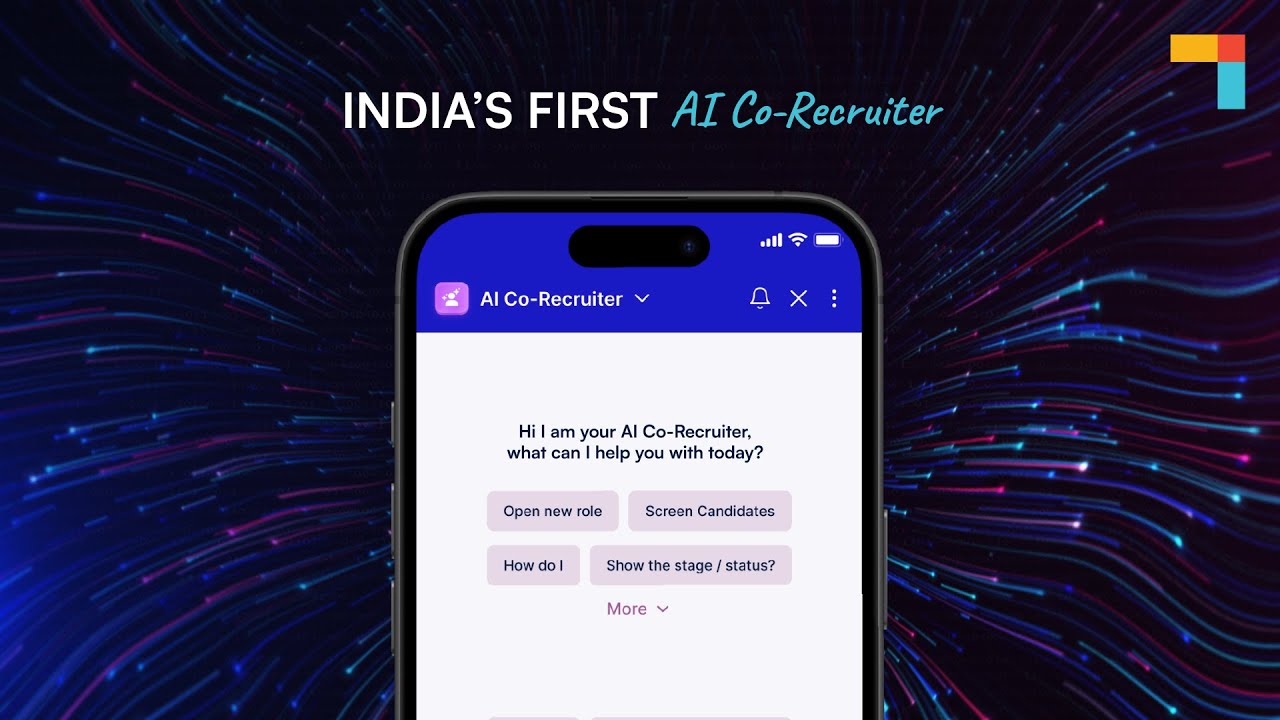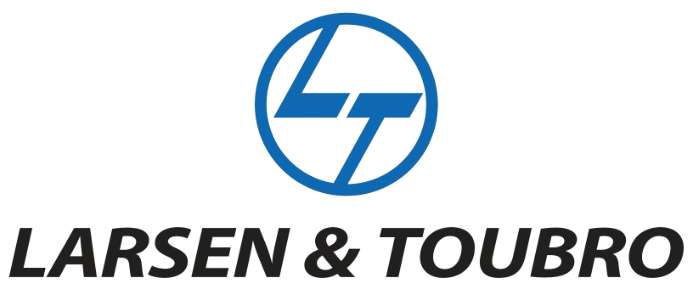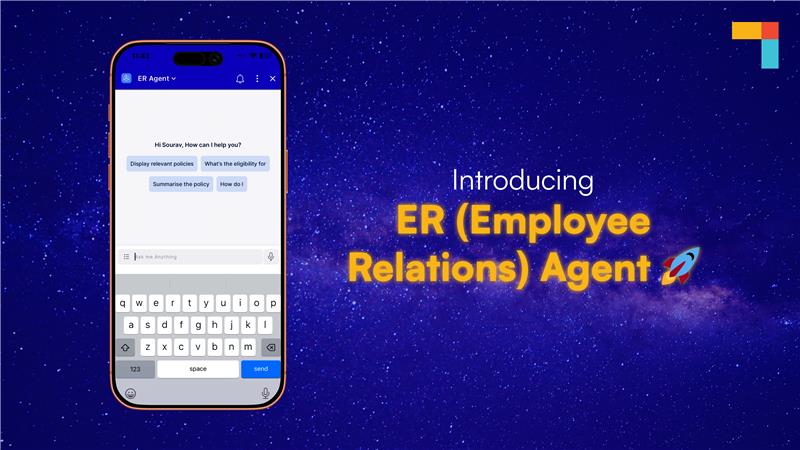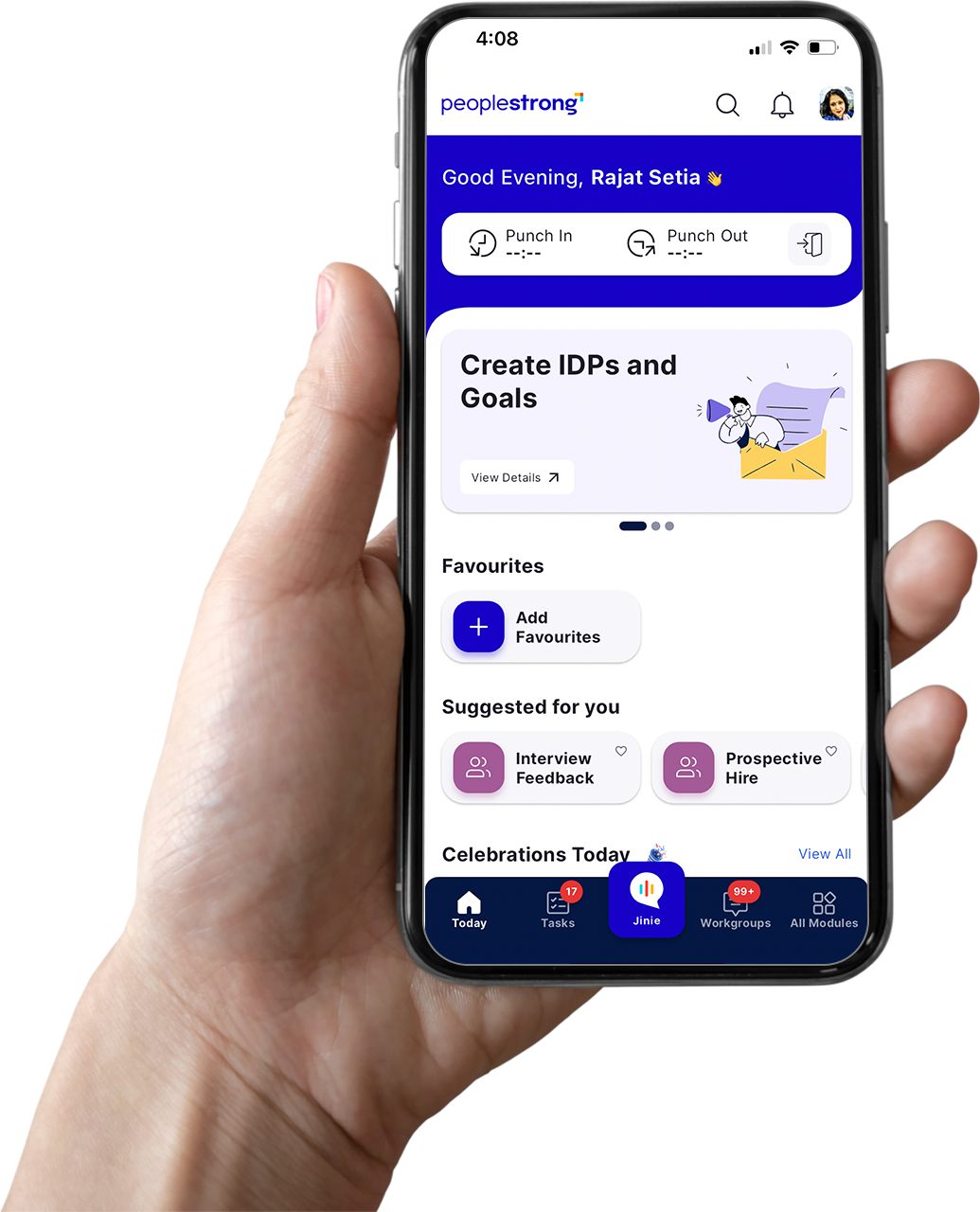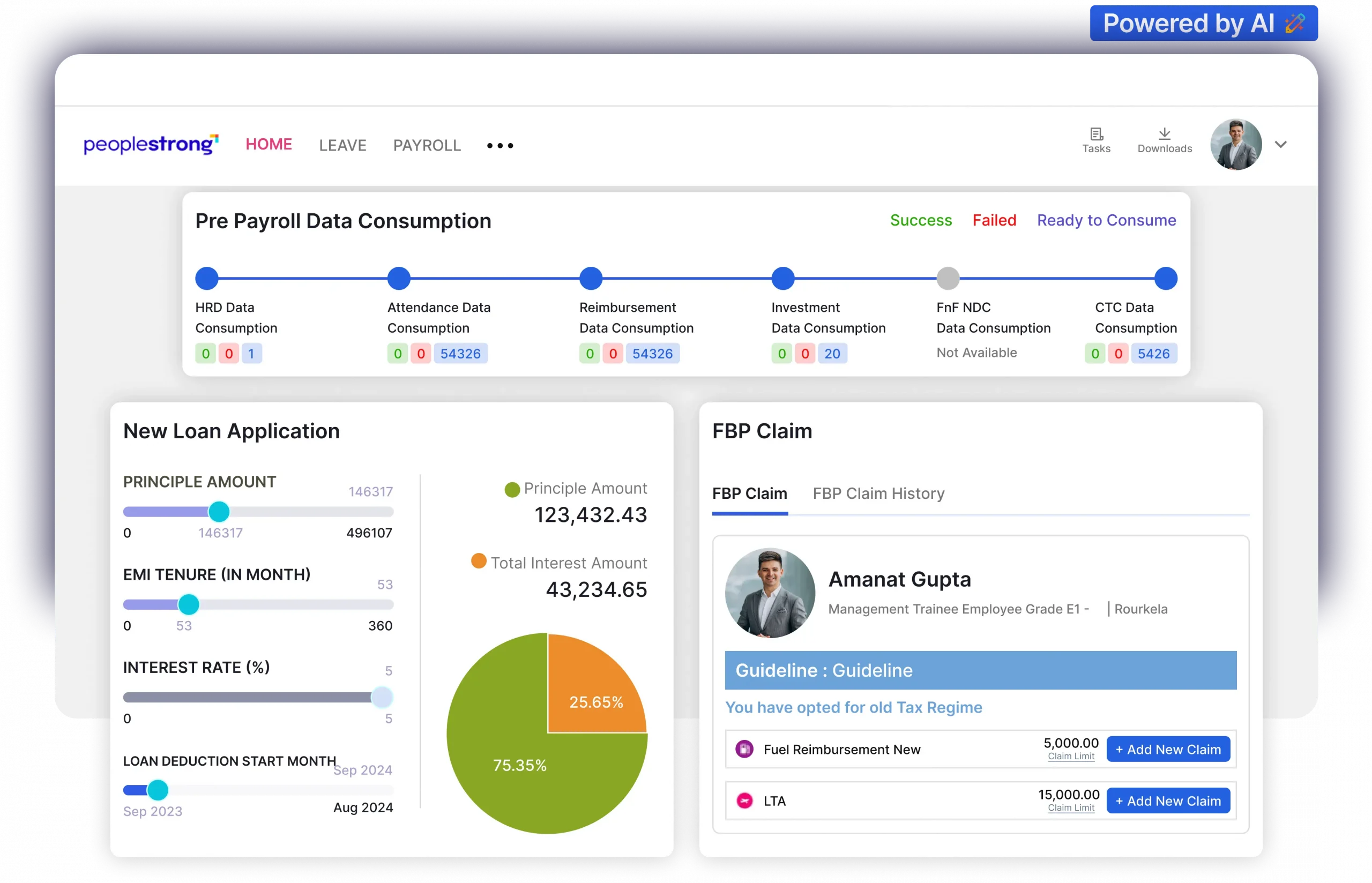Hiring discrimination is a common challenge that prevails in the corporate world. Whether it’s based on race, gender, age, religion, disability, or some other personal factor, any form of bias during the recruitment process is proven to harm an organization’s hiring efficiency along with its reputation.
Therefore, it’s your responsibility to ensure every qualified candidate gets equal access to available employment opportunities in your company. This is where our Equal Employment Opportunity Policy (EEO Policy) template can help.
This document highlights crucial details regarding Equal Employment Opportunity (EEO), including its objective, scope, eligibility, procedure, responsibility, and exceptions. It’s free to download, customizable, and ready to use.
This Template Will Help You To:
- Understand the core principles of equal opportunity policy.
- Align your company with relevant labor laws and regulatory requirements.
- Reduce legal risks by having documented and enforceable EEO guidelines.
- Standardize EEO across hiring, promotion, and other day-to-day operations.
- Promote diversity, inclusivity, and equity in your workforce.
Equal Employment Opportunity Policy Template
Here’s a breakdown of the fundamental aspects of this policy template:
1. Objective
<Company name> is committed to the principle of Equal Employment Opportunity (EEO) for everyone. Therefore, it will strive to firmly ensure that access to employment, training, promotion, and treatment of all its employees is:
- Free from any discrimination related to gender, sexual orientation, race, color, caste, creed, religion, marital status, disability, or age.
- Based solely on the objective assessment of their ability and job-related criteria.
<Company name> strongly believes that it is in the organization’s best interest to ensure that the people, talents, and skills available throughout the community are taken into consideration when employment opportunities arise. To this end, the company supports, wherever practicable, the development and maintenance of a workforce that broadly reflects the diversity of the communities in which it operates throughout India.
<Company name>, through its Equal Employment Opportunity Policy (EEO Policy), along with the support and active participation of its management and employees, will strive to:
- Eliminate obstacles to equal opportunities whenever they are identified.
- Treat employees, applicants, customers, business associates, and other stakeholders with equal respect and dignity.
- Safeguard employees and all internal and external stakeholders against any form of workplace discrimination or harassment.
- Hire, promote, and train employees solely based on their merits.
- Provide remuneration and other benefits to employees based on their job responsibility, complexity, professional skills, and location.
- Not tolerate any form of discrimination, including sexual harassment, under any circumstances.
<Company name> believes that the absence of discrimination and the promotion of positive attitudes will assist in the most efficient deployment of skills, expertise, and competence.
2. Scope and Eligibility
This policy extends to all <Company name> employees globally.
3. Procedure
Acts of workplace discrimination typically fall under one of the following three categories
- Direct Discrimination:It occurs when an existing or potential employee is treated less favorably due to their gender, race, caste, color, creed, religion, sexual orientation, age, marital status, disability, or any other inappropriate/unfair ground. Examples include restricting access to training, promotion, or transfer, sexual harassment, racial abuse, etc.
- Indirect Discrimination: It occurs when a condition or requirement, that has a larger effect on a specific individual or a group of employees, is imposed and is not justified by the requirements of their job. Although less obvious, it is equally unacceptable. Examples include setting physical fitness tests irrelevant to the role, requiring certain employees to work on weekends, etc.
- Victimization:It occurs when employees who claim or provide evidence supporting a claim of discrimination against the company are treated less favorably because of their taking such an action.
4. Supporting Processes
<Company name> will strive to ensure that all its employment processes and practices facilitate employment and progression within the company based on ability and contribution, and free from any form of discrimination.
To ensure the same, it will implement the following range of supporting processes. Those involved in these processes will be provided with the relevant training to ensure decisions taken are solely based on objective criteria and can be justified.
Its main areas of activity are as follows:
4.1. Recruitment and Selection
We must identify and appoint the most qualified individuals for the job based on their current skills, abilities, and potential for development. To ensure the same, the following points shall be considered:
- Role/Person Specification
Each job role must be specified in terms of its purpose, required skills, experience, and qualifications. The assessment criteria used should be such that are necessary and justifiable for the effective performance of the job and should be applied consistently to all applicants.
- Advertising
A range of advertising sources should be utilized to encourage applicants from different groups, which reflects the diverse communities the business operates in. Additionally, all application forms, advertisements, and recruitment literature should include a statement that <Company name> is committed to equal opportunities.
- Selection Criteria and Tests
Candidate shortlisting should be based on the competencies, skills, and experience that align with the requirements of the job. Additionally, selection tests should specifically relate to job and/or career requirements and measure an individual’s actual inherent ability to do the work or train for the career. Additionally, care should be taken to ensure that tests do not discriminate against applicants from particular groups.
4.2. Promotion, Transfer, and Training
Opportunities for promotions, transfers, and training should be brought to the attention of all eligible employees. Training should be based on identified individual needs matched to the business’s requirements and provided in a fair, unbiased manner.
No assumption should be made that an employee is unsuitable for or uninterested in promotion or career development based on their gender, race, caste, color, creed, religion, marital status, sexual orientation, age, disability, or health.
4.3. Performance Management and Career Growth
The performance management system should provide for frequent and open discussions between managers and their team members. This helps identify opportunities for career planning, competency development, and personal growth tailored to individual needs and business requirements.
4.4. Compensation and Incentives
The compensation philosophy should be such that it treats all employees equally and provides fair pay to all. Additionally, all incentives should be clearly governed by the parameters defined in our incentive policies and executed in a fair, equitable manner.
5. Responsibility
The effectiveness of the Equal Employment Opportunity Policy (EEO Policy) at <Company name> depends on the cooperation of all its employees across all locations and roles.
Therefore, all Practice Heads and Managers are expected to:
- Familiarize themselves with this policy and act accordingly.
- Ensure that the principles of equality of treatment and opportunity are applied in all employment-related situations across the organization.
- Ensure that their employees are aware of the EEO Policy and its obligations.
- Ensure that employees who are entrusted with employment-related decisions are comprehensively trained in the principles and issues of equal employment opportunities.
In addition, the Human Resources team is expected to:
- Develop policies and practices that support and promote an equal employment opportunity culture within the organization.
- Effectively administer the EEO Policy and provide training to ensure employees are aware of their responsibilities under the policy.
- Regularly monitor progress towards equal opportunities, identify issues, and take corrective actions to overcome obstacles in conjunction with supervisors and managers.
In addition, all Employees are expected to:
- Adhere to the EEO Policy when executing internal/external activities related to their job.
- Act in a manner that reflects the prevalence of equal employment opportunity culture in the organization.
6. Exception
There will be no exceptions to this policy.
